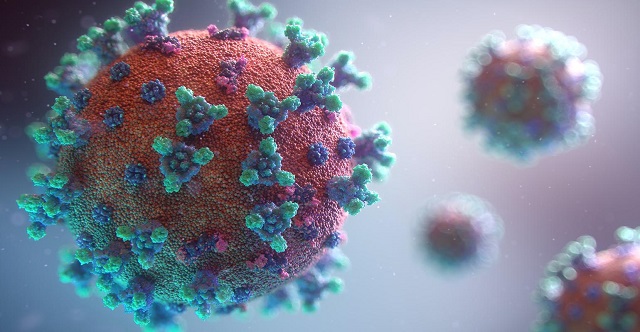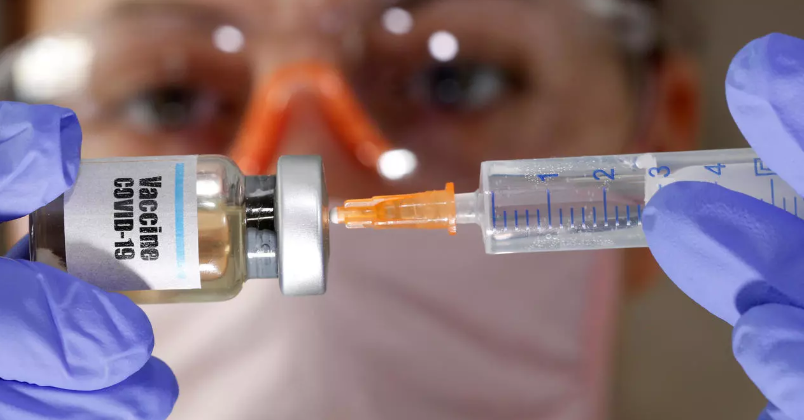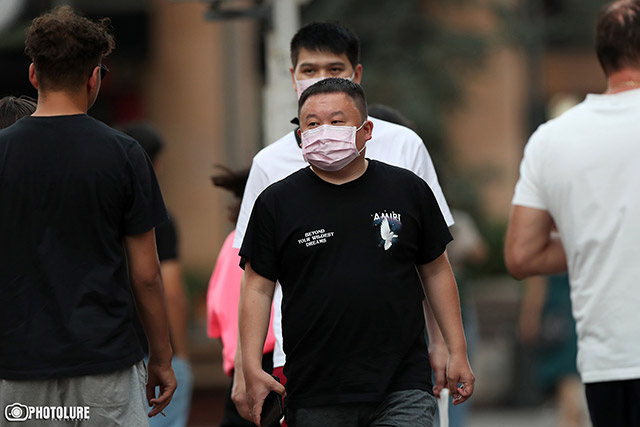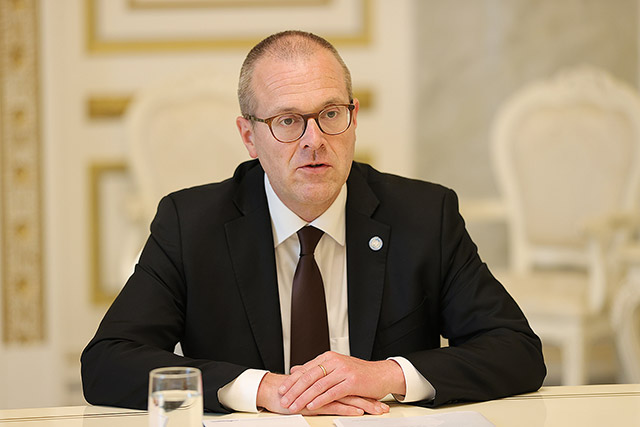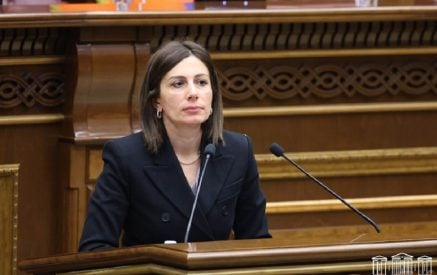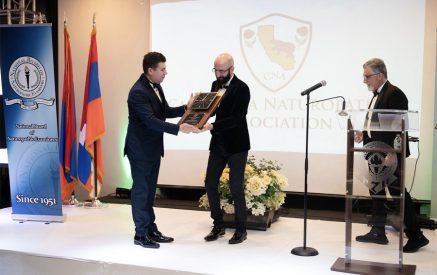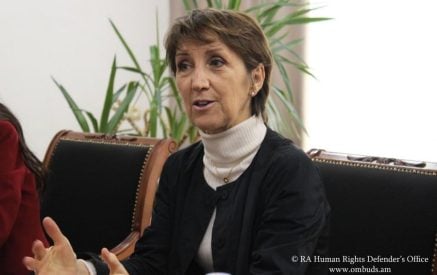Statement for the media by Dr Hans Kluge, WHO Regional Director for Europe, at the WHO/Europe online press briefing on COVID-19 situation in the WHO European Region
Copenhagen, 7 January 2020 at 10:00 CET
Good morning,
First and foremost, wishing you a happy and healthy New Year for 2021.
Read also
We were prepared for a challenging start to 2021 and it has been just that. One year from WHO’s first news report about this virus, we have new tools at our disposal and considerably more knowledge, but we remain in the grip of COVID-19, as cases surge across Europe and we tackle new challenges brought by the mutating virus.
This moment represents a tipping-point in the course of the pandemic – where science, politics, technology and values must form a united front, in order to push back this persistent and elusive virus.
The WHO European Region saw over 26 million confirmed COVID-19 cases, and over 580 thousand confirmed COVID-19 deaths in 2020. In the 27 countries that participate in EuroMOMO’s all-cause excess mortality monitoring, close to 313,000 excess deaths were reported in 2020. This marks a 3-fold increase on excess deaths recorded in 2018, and close to a 5-fold increase on excess deaths in 2019.
As we enter 2021, over 230 million people in the European Region are living in countries under full national lockdown with more countries set to announce lockdown measures in the coming week. Transmission across the Region has sustained at very high rates of infection. As of 6 January, among all countries and territories in Europe, almost half have a 7-day incidence of over 150 new cases per 100,000 population, and one quarter are seeing a greater than 10% increase in case incidence over the past 2-week period. Over one quarter of all European Member States and territories are seeing very high incidence and strained health systems.
Where there are signs of stabilization or even decreased incidence in some countries, this needs to be taken with some caution. The impact of the holiday period, of gatherings of families, communities, and any relaxation of physical distancing and mask wearing behaviour for example, cannot yet be determined. Testing and notification activities may have also been lower during the festive season, resulting in an incomplete picture of the current epidemiological situation. Assessing developments over the coming days before gradual lifting of any measures in place is the prudent approach required.
2021 brings with it new opportunities and tools (such as the vaccine) but also new challenges posed by the virus itself.
Like all viruses, as it has circulated, the COVID-19 virus has changed over time. I do understand the concern around the possible impact of the SARS CoV-2 Variant of Concern (VOC). 22 countries in the WHO European Region have detected this new variant.
This variant is ‘of concern’ as it has increased transmissibility. So far, we understand there is no significant change to the disease this variant produces, meaning the COVID-19 is not more, nor less, severe. It spreads across all age groups, and children do not appear to be at higher-risk. It is our assessment that this variant of concern may, over time, replace other circulating lineages as seen in the United Kingdom, and increasingly in Denmark.
With increased transmissibility and similar disease severity, the variant does, however, raise alarm: without increased control to slow its spread, there will be an increased impact on already stressed and pressurized health facilities. I want to urge countries to mitigate this burden by doing all they can to reduce transmission and increase vigilance to identify any new variants by:
- investigating unusually rapid transmission and unexpected disease presentation or severity
- increasing the sequencing of systematically selected subset of SARS-CoV-2 infections – and using this data to inform early public health measures.
- sharing this data, so that we can better understand the true extent in circulation of this and other variants. Solidarity in science is crucial at this time.
This is an alarming situation, which means that for a short period of time need to do more than we have done and to intensify the public health and social measures to be certain we can flatten the steep vertical line in some countries which may not have seen to date. It’s the basic measures, with which we are all familiar, that need to be intensified to bring down transmission, lift the strain on our COVID-19 wards, and save lives. Adhering to generalised mask wearing, limiting social gathering numbers, physical distancing and hand washing, coupled with adequate testing and tracing systems, proper support for quarantine and isolation, and increasingly vaccination, will work if we all get involved.
The deployment of COVID-19 vaccine in the WHO European Region has set the ground of using “vaccine” as one of the tools to contain the ongoing pandemic. There have been reports of varied but promising roll-out of COVID-19 vaccine in the Region. However, whilst I can reassure you that WHO and partners are making huge efforts to get the vaccines into every country, it needs every country capable of contributing, donating and supporting equitable access and deployment of the vaccines, to do so. Collectively, we simply cannot afford to leave any country, any community behind.
Given the limited supply of vaccines and the increasing burden on our health systems, prioritization of vaccination of our health workforce and the most at-risk in our communities is vital. Their courage and sacrifice over the last few months can not be forgotten, it is time to protect and support the frontline workers with the new tools we have.
At this point in time, and after so many months in cycles of hope and despair, herd immunity is an understandable desired end-point. Yet it cannot be our immediate, primary concern. I want to emphasize that vaccine roll-outs are essential, first and foremost, to reduce severe disease in vulnerable groups, release the pressure on our hospitals and avoid the risk of our health systems collapsing. Whilst I appreciate that it poses an extraordinary effort, the benefits are phenomenal.
Following the WHO Emergency Use Listing last week on the use of the Pfizer/BioNTech vaccine, the Strategic Advisory Group of Experts on Immunization (SAGE) met on Tuesday to discuss policy recommendations around the use of the Pfizer/BioNTech vaccine. We have all taken note of the recommendation to make the time between the first and second dose of the vaccine more flexible than what was initially prescribed by the manufacturer. It is important that such a decision represents a safe compromise between the limited global production capacity at the moment, and the imperative for governments to protect as many people as possible while reducing the burden of any subsequent “wave” on the health systems. I wish also to emphasize that this decision has been taken in accordance with already available evidence on vaccine efficacy from clinical trials. Dr Siddhartha Datta who is with us, may elaborate on this when we take questions.
Be it vaccine allocation and prioritization, access to medical supplies and tests, public health measures and policies to control the pandemic, we have a responsibility to base decisions on the core values that are at the heart of humanity: solidarity, equity and social justice. It is the only way out of these uncertain times because no one is safe until everyone is safe.
WHO/Europe Press




















































